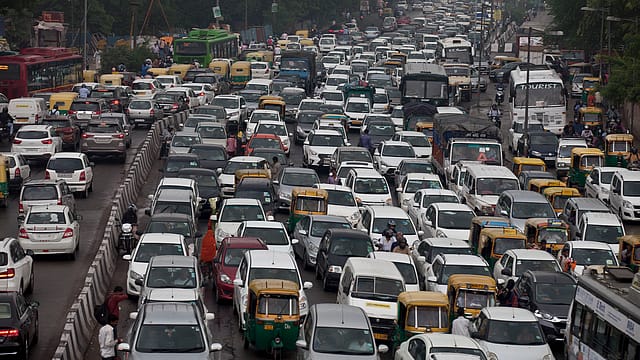Passenger vehicle sales fall 5.6% in September: SIAM
ADVERTISEMENT

Sales of domestic passenger vehicles (PVs), the largest segment by volumes in the country, declined 5.6% to 292,658 units in September, from 310,041 units in the corresponding month last year, according to data released by the Society of Indian Automobile Manufacturers (SIAM) on Friday. This comes in the wake of underwhelming sales of both passenger cars and utility vehicles which have fallen by 5.57% and 8.29%, respectively.
“PV de-growth in Q2F19 was on high base due to pent up demand in Q2FY18 caused by GST effect in Q1FY18 and festive season shifting to Q3F19,” SIAM said in a statement.
Auto experts see this as an upshot of rising fuel prices and interest rates last month.
“We were expecting positive production numbers in September as manufacturers were producing for the festive season. However, the demand anticipation was higher than market demand which forced them to revise down their plans in the coming quarter. In the last quarter, we expect them to bounce back in sales and do better than the third quarter," said Gaurav Vangaal, senior auto analyst at IHS Markit, a London-based consulting firm.
However, the commercial vehicles (CV) segment showed strong growth of 24.14% from 77,227 units sold in September last year, compared to 95,867 units in 2018.
December 2025
The annual Fortune 500 India list, the definitive compendium of corporate performance, is out. This year, the cumulative revenue of the Fortune 500 India companies has breached $2 trillion for the first time. Plus, find out which are the Best B-schools in India.
The two-wheeler segment, which is India’s second largest by volume, also showed an increase of 4.12% to 2,126,484 units from 2,042,297 units in the year-ago period. According to SIAM, opening of permits in states like Maharashtra, Karnataka, and West Bengal, and increase in demand of intra-city commuting has led to this growth.
Overall, the industry saw a slight growth of 3.72% on the back of 2,584,096 units of domestic sales last month. While total sales did face headwinds due to increased fuel prices, last month’s exports and production figures look quite healthy. While exports grew by 17.05%, production went up 7.97% in September.
In its quarterly review, SIAM said some of the key challenges for India’s auto industry will be the steep rise in crude oil prices resulting in higher fuel prices, increase in insurance price impacting the cost of purchase and commodity prices continuing to go up.
